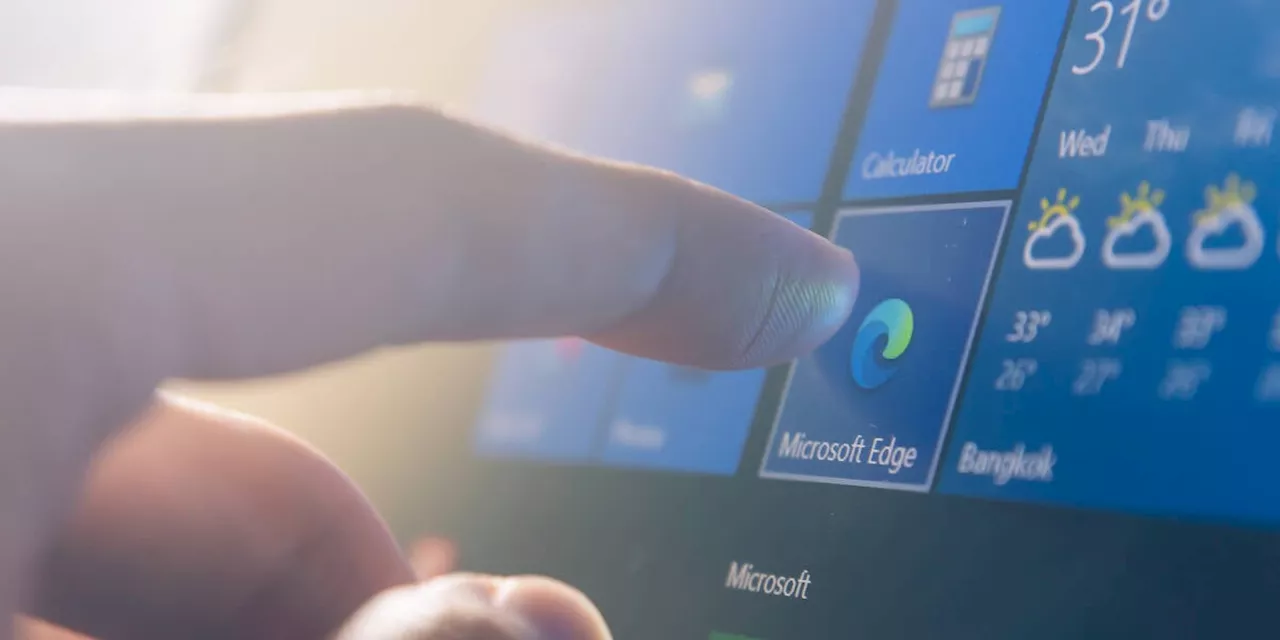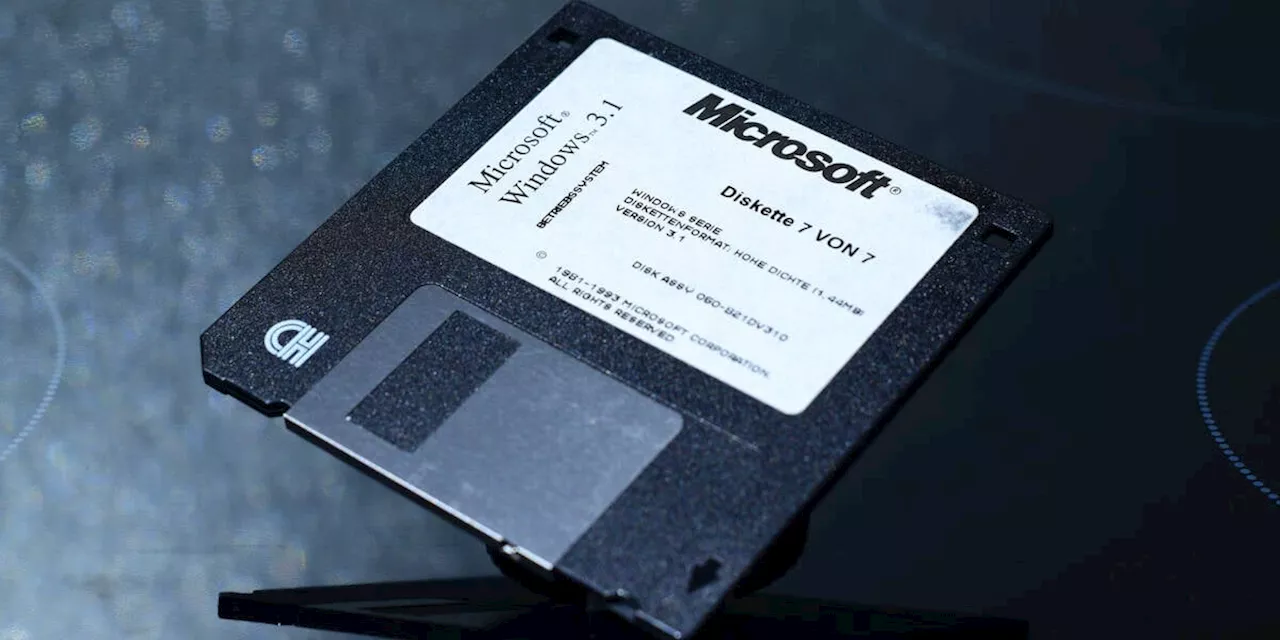This article delves into the history of the first three iterations of Microsoft Windows, exploring their development, shortcomings, and eventual triumph. It highlights the significant changes that propelled Windows from an unassuming program to a global powerhouse, offering insights into the challenges, innovation, and historical context that shaped its journey.
Windows 1 and 2 flopped almost as badly as OS/2 did. How did Microsoft stage one of the greatest comebacks ever with Windows 3, even though less than a decade later, it had already started forgetting what went wrong and why? Such organizational amnesia has a long history. For instance, in the middle of the 1700s, the Royal Navy worked out how to cure scurvy, but by the end of the 1800s, it had seemingly forgotten this crucial knowledge.
Our OS/2 article was actually written just before 2024's holiday season. So, for this itinerant historian of operating systems, New Year's Day 2025 held an unexpected treat: Nina Kalinina's meticulously researched article on the history of Windows. We know that some of our stories go on a bit too long, but this one outdoes us at well over 10,000 words. We recommend it highly, for all that. You'll have to read carefully and closely. These pointers are not always obvious. This history is still important. To make sense of the industry today, you need to know where things came from and how they evolved. Some big products with huge investment flopped; some trivial niche products ended up dominating whole industries. When you have history, with citations, you can demolish many conspiracy theories – some of which are still around and were aired in the comments to our previous article. Knowing how some of this pivots on just two or three people pulling a few all-nighters really explodes some of the corporate blather that too many people still take as gospel today. The article isn't very linear, so we thought we'd point out some of the highlights and some of the obscure details, and then spell out what we feel are the important conclusions to draw from it. Kalinina anatomizes the first three Windows versions, the ones that had to be installed on top of MS-DOS, but the structure is a little disorienting. It starts with a guided tour of Windows 2, showing some primitive, clunky tools that are recognizably the ancestors of programs that run a million businesses around the world today. Then, unexpectedly, the story jumps backwards in time, all the way to the late 1960s, to explain the historical context in which Windows was first designed and how it gradually developed. This second section is much longer, and it's a chronology. It looks at the development of all the major GUI OSes, so although it focuses on the most significant versions of Windows through the 1980s, it also compares and contrasts it with its contemporaries: classic MacOS, Digital Research GEM, Commodore AmigaOS, OS/2, and others. Examining the changes from Windows 1, to 2, to 2.1, to 3, almost uniquely, it explains why things changed, and what was happening in the industry, especially around GUIs, to permit or cause them to change. On the way, it demolishes a few myths about Windows/386 and Windows/286. By showing what the different offerings looked like at the same time, it shows Windows gradually changing from an ugly duckling to – well, if not a beautiful swan, at least a pugnacious juvenile goose. Today, the remote descendants of 1980s Windows and MacOS are still leading platforms: colossal juggernauts, with big ad budgets that try to persuade you that they were always meant to be that way. They weren't, but as Helmuth van Moltke said, no plan survives first contact with the enemy. Windows 1 was a dismal failure, Windows 2 was mostly a total flop but did have some redeeming features, and Windows 3 was perhaps the greatest comeback story in the history of software at that time. As former Windows 2 users ourselves, we empathized deeply with her. Some of the serious erudition here is displayed in easily missed details such as image captions, such as this masterfully understated description of Windows 2's text editor: Notepad is as unassuming as ever. No Copilot yet. Note how minimized applications are represented by an icon on a desktop. This used to be a common idea across many contemporary systems. the good old days. Windows 2 was a nightmare, but at least it didn't have a built-in automated plagiarism generator. We also appreciate the nod to the fact that applications minimized to icons on the desktop, and this was normal for 1980s GUIs.FOSS desk has lost count of the number of earnest youngsters who have told us this is'proof' that Windows 2 had a taskbar. Presumably the closest these people have ever come to Windows 2 is screenshot galleries, but the screenshots stand as evidence that Ms Kalinina really did get this stuff working, and very recently too. Microsoft acquired it in 1991 – to create Outlook. So, yes, these tiny apps were more useful than they looked ... although more so to Microsoft than to you, especially today. Some of the other picture captions are also nod to Microsoft's long history of acquisitions, such as that of a now-obscure presentation app: Xerox Presents is a PowerPoint-style app. There was no PowerPoint for Windows just yet, as Microsoft has just bought the company that made it.
WINDOWS HISTORY GUI DEVELOPMENT OPERATING SYSTEMS SOFTWARE EVOLUTION MICROSOFT
United Kingdom Latest News, United Kingdom Headlines
Similar News:You can also read news stories similar to this one that we have collected from other news sources.
 Urgent Windows 10 Upgrade Needed Before October, Microsoft WarnsMicrosoft urges Windows 10 users to upgrade to Windows 11 immediately as free support for Windows 10 ends in October. Users still running Windows 10 after this date may face increased vulnerability to cyber threats and viruses. Microsoft offers three options: upgrade to Windows 11, enroll in the Windows 10 Extended Security Updates Programme (ESU) for a fee, or continue using Windows 10 without security updates.
Urgent Windows 10 Upgrade Needed Before October, Microsoft WarnsMicrosoft urges Windows 10 users to upgrade to Windows 11 immediately as free support for Windows 10 ends in October. Users still running Windows 10 after this date may face increased vulnerability to cyber threats and viruses. Microsoft offers three options: upgrade to Windows 11, enroll in the Windows 10 Extended Security Updates Programme (ESU) for a fee, or continue using Windows 10 without security updates.
Read more »
 Windows 10 Rebounds as Windows 11 Adoption LagsDespite improvements, Windows 11 struggles to gain traction, while Windows 10 sees a resurgence in market share.
Windows 10 Rebounds as Windows 11 Adoption LagsDespite improvements, Windows 11 struggles to gain traction, while Windows 10 sees a resurgence in market share.
Read more »
 Windows 10 Regains Ground as Windows 11 Adoption SlowsMicrosoft is facing an uphill battle with Windows 11 adoption as Windows 10 continues to hold a commanding lead in the desktop operating system market. Statcounter data reveals a decline in Windows 11's share and a corresponding rise in Windows 10's popularity, raising concerns for Microsoft executives.
Windows 10 Regains Ground as Windows 11 Adoption SlowsMicrosoft is facing an uphill battle with Windows 11 adoption as Windows 10 continues to hold a commanding lead in the desktop operating system market. Statcounter data reveals a decline in Windows 11's share and a corresponding rise in Windows 10's popularity, raising concerns for Microsoft executives.
Read more »
 A history of trauma, a history of failureAmid the ongoing row about grooming gangs, politics writer Joseph Timan looks at how the scandal was exposed
A history of trauma, a history of failureAmid the ongoing row about grooming gangs, politics writer Joseph Timan looks at how the scandal was exposed
Read more »
 Microsoft Pushes Windows 11 Adoption Despite Low User UptakeMicrosoft aggressively promotes Windows 11, declaring 2025 'the year of the Windows 11 PC refresh,' while Windows 10 support ends in October 2025. Despite hyping up new features and AI capabilities, user uptake remains low, with Windows 10 still dominant. Microsoft's AI-powered PCs also face criticism for lacking productivity benefits.
Microsoft Pushes Windows 11 Adoption Despite Low User UptakeMicrosoft aggressively promotes Windows 11, declaring 2025 'the year of the Windows 11 PC refresh,' while Windows 10 support ends in October 2025. Despite hyping up new features and AI capabilities, user uptake remains low, with Windows 10 still dominant. Microsoft's AI-powered PCs also face criticism for lacking productivity benefits.
Read more »
 Microsoft coughs up yet more Windows 11 24H2 headachesUsers report the sound of silence from operating system update
Microsoft coughs up yet more Windows 11 24H2 headachesUsers report the sound of silence from operating system update
Read more »
